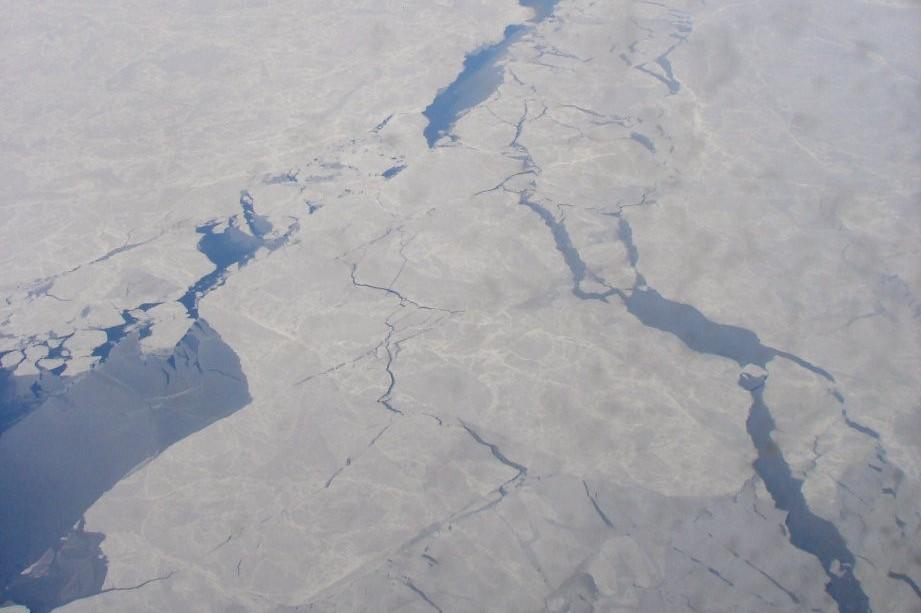Scientists Discover Life in Arctic Ice at -15 Degrees Celsius

Researchers have found that algae move through ice at -15 degrees Celsius. They gathered ice core sampled in the Chukchi Sea (pictured). (Photo: P199 via Wikimedia Commons, CC BY-SA 3.0)
A new Stanford research report reveals that Arctic algae can move in -15 degrees Celsius, the lowest temperature movement ever recorded in complex living cells. This has raised new questions about how algal communities regulate the overall health of the Arctic environment.
New research from Stanford, published last month in Proceedings of the National Academy of Sciences, has revealed that algae can move at temperatures as low as -15 degrees Celsius.
The algae, a thin layer found in ice of the Arctic polar cap, were previously thought to be trapped or domant and few bothered to study them.
The new research can now reveal that the algae have a unique ice-gliding ability that allows them to move in extreme temperatures in the Arctic.
Chukchi Sea expedition
The researchers gathered ice core samples that included the algae, ice-dwelling diatoms, during a 45-day Arctic expedition in the Chukchi Sea aboard the research vessel, owned by the National Science Foundation and operated by the University of Alaska Fairbanks.
They brought the samples back to the lab, extracted diatoms from the ice cores, and recreated their environments in a petri dish containing a thin layer of frozen freshwater and a layer of very cold saltwater.
“You can see the diatoms actually gliding, like they are skating on the ice,” said lead author and Stanford postdoctoral scholar Qing Zhang, who collected the samples during an Arctic research expedition to the Stanford Report.
Zhang and her colleagues saw that the diotomes had not only mobility at very low temperatures, but also that their gliding relies on a combination of mucus and molecular motors.
The algae was able to slip through the ice using strand-sized highways, gliding through with virtually no resistance.
Significance
These findings raise other, broader questions about the polar environment and how we predict how polar ecosystemt respond to climate change.
Perhaps the algae could be moving resources through the Arctic food, nourishing fish and polar bears or maybe they aid in new sea ice formation?
To the Stanford Report, senior author Manu Prakash says that speculating in what this could entail is not his usual strategy, but that things have changed.
"Many of my colleagues are telling me that, in the next 25 to 30 years, there will be no Arctic. When ecosystems are lost, we lose knowledge about entire branches in our tree of life,” he said, noting that severe projected budget cuts to the National Science Foundation are predicted to reduce polar research funding by 70 percent. “I feel a sense of urgency in many of these systems, because, at the end of the day, the infrastructure and capacity to be able to operate is critical for discovery."



